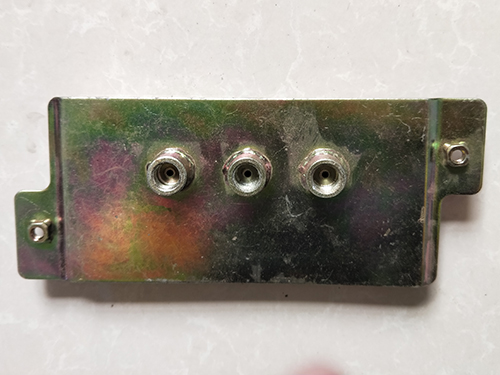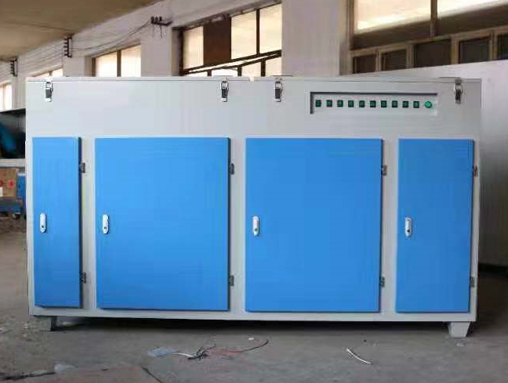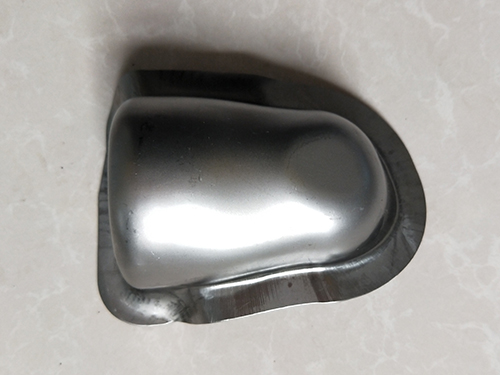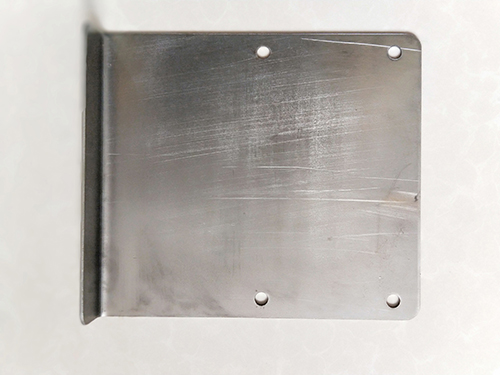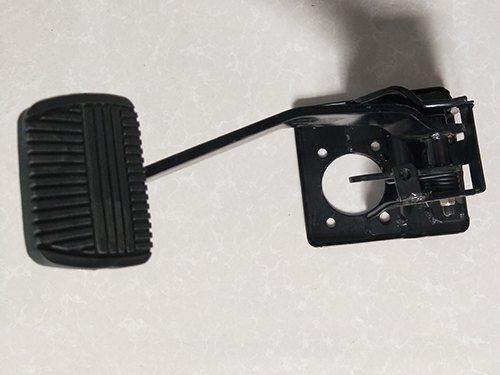Surface quality defects of stamped parts and their detection and production stam
(1) Surface quality defects and detection of stamped parts. Stamping forming refers to the process of using stamping equipment to apply pressure to materials, causing them to undergo plastic deformation. In the factory, the stamped parts on the entire vehicle can usually be divided into four areas: A, B, C, and D, as shown in Figure 1. The lower edge of the body waistline dressing strip and the area above the front/rear wing wheel cover edge are area A; The following areas are defined as Zone B; The area C is located above the upper arc of the side panel of the vehicle roof and the roof area; The areas that other customers cannot perceive are defined as Zone D. The defects such as cracks, necking, pitting, deformation, pitting, wrinkling, and burrs generated in different areas correspond to different judgment criteria, such as scrap, repair, and qualification. Stamping parts; The surface quality defects can be divided into three types: Class A defects, Class B defects, and Class C defects. A-class defects are defects that customers cannot accept and may pose hidden dangers during use; B-class defects are defects that customers can see or touch, generally referring to more serious coordination defects; C-type defects refer to defects that are only discovered after polishing with oilstone, and can be improved by adjusting the mold structure. This defect generally does not cause claims from users. The surface quality inspection methods for stamped parts can be divided into two types: visual inspection and dimensional inspection. Appearance inspection can be carried out through visual inspection by observers, touch inspection by inspectors, and surface oilstone polishing and stamping of parts. To check the rigidity of dimensions, it is necessary to use a rigidity measuring tool, such as a measuring tool, to check the shape and dimensional accuracy of the stamped parts; Alternatively, a three coordinate stiffness gauge can be used to measure the position of the punched hole. In summary, studying the defects and measures in the forming process of automotive stamping parts is of great significance. Relevant personnel should have an understanding of the influencing factors of typical stamping defects, determine appropriate stamping process plans for different types of parts, set reasonable edge pressure and stamping speed, select suitable mold materials and convex and concave mold sizes. In the process of mold design, by designing the structure of the drawstring, the forming quality is further improved, thereby smoothly completing the forming process of automotive stamping parts, reducing part defects, improving overall production efficiency, and saving enterprise costs. (2) During the entire process of producing stamped parts for automobiles, the cost of stamped sheet metal accounts for about 36% of the cost of the car's body in white. For every 1% increase in the utilization rate of the entire vehicle's materials, the material and process consumption of the vehicle will be reduced by about 10kg, and the cost per vehicle can be reduced by 55 yuan. Japanese and Korean car companies are significantly better than domestic car companies in terms of material utilization rate, and have obvious advantages in cost control. Using the material utilization rate of the same 20 key stamping parts on the car body as the calculation caliber, Toyota in Japan can reach a better state of 63%, Hyundai in South Korea can reach a better state of 60%, while the vast majority of domestic car companies have a utilization rate of 52% to 57%, which is significantly lower than that of Japanese and Korean car companies. According to the analysis of synchronous engineering, as the utilization rate reaches over 54%, the difficulty of improvement becomes increasingly high. It is necessary to invest time and manpower in the early stages of design and conduct in-depth research on how to improve synchronous engineering in the early stages. Stamping parts; The material utilization rate involves a wide range of aspects, including the overall shape and seam of the vehicle body, the new structure of the product, the preparation of stamping processes, the setting of stamping die surfaces, the selection of roll material specifications, the improvement of mold structure, stamping equipment, debugging stage, and production stage. Among them, the overall shape and structure of the product itself have a key impact on the material utilization rate. The process of improving material utilization can be divided into five stages: Stage 1: SE (Synchronous or Parallel Engineering) stage; Phase 2: Design co signing phase; Phase 3: Pre acceptance stage; Stage 4: Precision Recovery Stage; Stage 5: Stable mass production stage. The most influential ones are the stage 1 SE and stage 2 design co signing. The unreasonable structural design of stamped parts determines the low material utilization rate, and due to the low material utilization rate caused by the structural design of stamped parts, it cannot be improved. The shape of stamped parts determines the upper limit of material utilization rate, so whether stamped parts are used or not determines the high or low final material utilization rate. 1. The reasonable shape of stamping parts can be optimized as much as possible through SE engineering research on stamping part structure, layout, and other methods to optimize the material utilization rate of each stamping part. The materials combined in Scheme 2 shown in Table 1 have a low material utilization rate for the shape, while the materials for conventional design are shown in Table 2. Therefore, choosing a reasonable shape structure during the stamping part design phase is very important and directly affects the overall manufacturing cost of the vehicle. 2. Reasonably dividing stamping parts through discussions with departments, optimizing the structure as much as possible in the early design stage of stamping parts while meeting their performance requirements, to achieve maximum material utilization of the parts. The protruding data at both ends of stamped parts is not conducive to the formulation of later mold processes and also affects material utilization.
